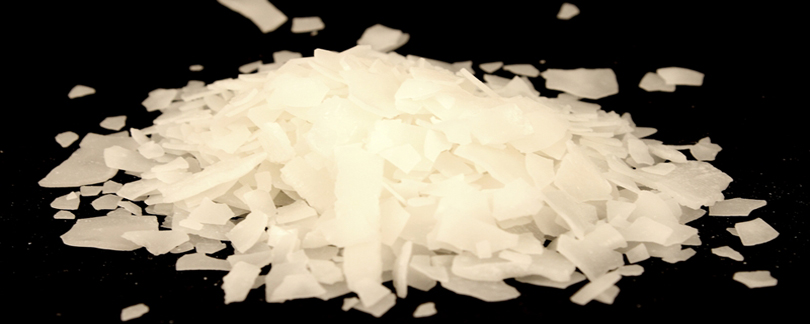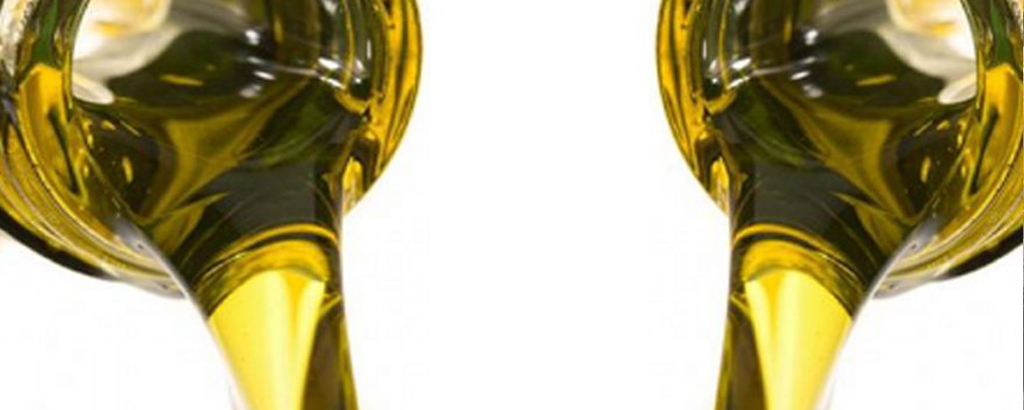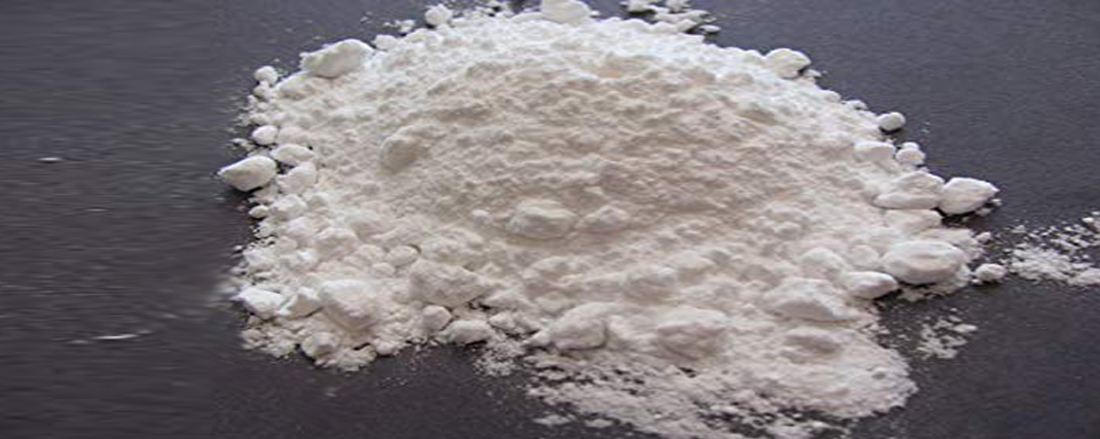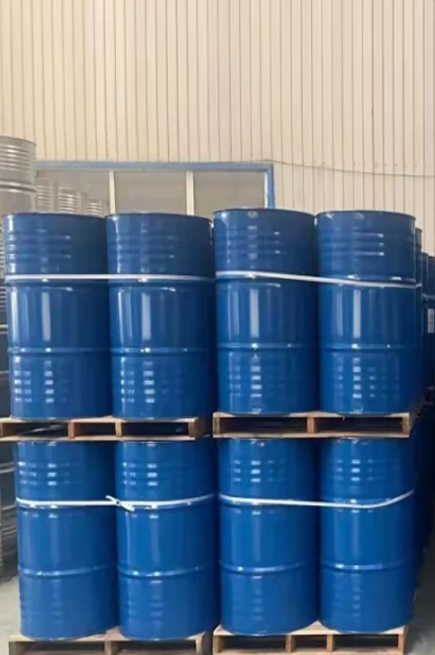GIKA Chemicals is a wholesale supplier of (99% NaOH) Caustic Soda Flakes and Caustic Soda Pearls in Nairobi Kenya.
Caustic soda (sodium hydroxide) is a versatile alkali. Its main uses are in the manufacture of pulp and paper, alumina, soap and detergents, petroleum products, and chemical production. Other applications include water treatment, food, textiles, metal processing, mining, Tea, Milk, Sugar, Oil, glass making, and others. Around three-quarters of end-use demand tracks GDP growth.
One of the largest consumers of caustic soda is the pulp and paper industry where it is used in pulping and bleaching processes, the de-inking of waste paper, and water treatment. Global growth is confined to GDP levels.
The production of alumina from bauxite is a major end-use application for caustic soda. Demand has been growing faster than GDP levels driven by the growth in the use of aluminum. While consumption of caustic soda in alumina refining accounts for 11% of global demand, this use consumes more than half of caustic soda globally traded.
Caustic soda is a basic feedstock in the manufacture of a wide range of chemicals. It is used as an intermediate and a reactant in processes that produce solvents, plastics, synthetic fibres, bleach, adhesives, coatings, herbicides, dyes, inks, and pharmaceuticals. It is also used to neutralize acidic waste streams and the scrubbing of acidic components from off-gases.
Other uses include the saponification or conversion of fat, tallow, and vegetable oils in soap manufacture, and in the manufacture of surfactants for detergents. It is used in the petroleum and natural gas industries to remove acidic materials from hydrocarbons and off-gases. In the textile sector, it is used in the chemical processing of cotton and the dying of synthetic fibers.
World demand for caustic soda was 59m tonnes in 2008, according to US-based consultant CMAI. Pulp and paper was the largest consumer at 14% followed by inorganic chemicals (13%), organic chemicals (12%), and alumina (11%). Other significant end uses include textiles, soaps and detergents, and water treatment.
The supply of caustic soda can be influenced by the chlorine derivatives markets since nearly all caustic soda is co-produced with chlorine by the electrolysis of a sodium chloride solution (1.1 tonnes of 100% caustic soda is made for each tonne of chlorine produced). But with these two products consumed in quite different industries, there can be problems in balancing the demand for a chlor-alkali plant.
If caustic soda is in surplus, it can be stored if sufficient capacity is available. But if chlorine is in surplus, it cannot be stored easily and production needs to be cut back if the market for chlorine derivatives is already saturated.
This often leads to a counter cyclicality in the market for the two products, for example, caustic soda becoming increasingly tight and prices escalating while chlorine moves into oversupply and prices collapse. However, if the combined market price of 1.0 tonne of chlorine and 1.1 tonne of caustic soda (often called the electrochemical unit or ECU) is higher than the cost of production, Chlor-alkali plants are economically viable.





